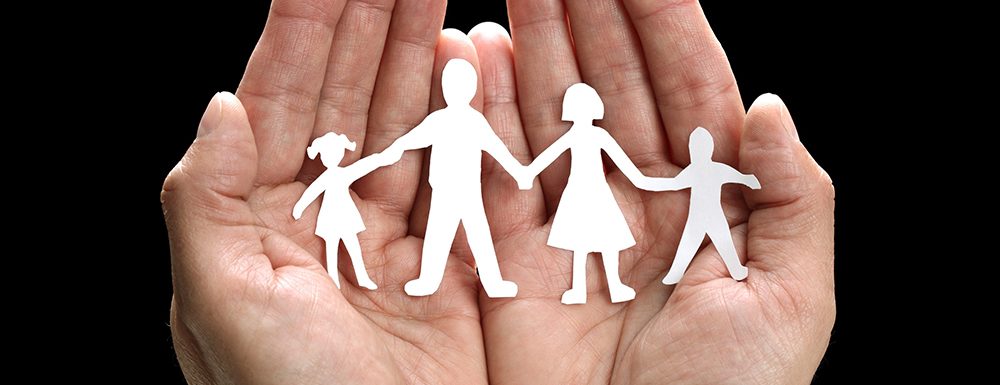
Part three of Youth Ambassador Isobel Archer’s four-part series looks at psychological chains as a means of restraint.
Classical images of the transatlantic slave trade are recognisable the world over. Shackles, whips and chains have been used to imprison and traffic people into exploitation for centuries. The horror and inhumanity of historic slave trades is epitomized by such physical restraints, and is therefore comprehensible to the general public for whom “slavery” and chains are synonymous.
Modern slavery, however, more frequently relies on other forms of imprisonment. Whilst instances of trafficking victims being physically restrained and exploited do occur, non-physical coercion of victims is far more common today, and ensures modern slavery remains invisible to those who may not be used to recognising its signs. Victims are all too often subjected to psychological abuse, and slavery that doesn’t involve visible chains can be difficult to understand by the general public.
If a person isn’t physically constrained, surely they can walk away? Wrong.
For example, the psychological chains of slavery are often employed in sexual exploitation. Traffickers know that they can exploit vulnerable women with whom they have formed a relationship, coercing their “girlfriends” into sex slavery by capitalising on their misperception of the relationship as loving. Traffickers knowingly take advantage of situations where women are already socio-economically or emotionally vulnerable to manipulate their victim into selling her body at his behest. Relationships between traffickers and victims often appear caring to bystanders who have not spotted the signs of abuse, yet under the surface coercion and manipulation are the hallmarks of such bonds. To complicate matters further, these kind of relationships are rarely seen as abuse by the victims themselves, so powerful is the emotional and psychological manipulation they experience.
Psychological abuse is just as harmful as physical abuse, yet because many people have difficulty comprehending the invisibility of psychological manipulation, victims of modern slavery may not receive the sympathy reserved for a person found handcuffed or locked up.
Another way to imprison someone without chains is simply to withhold their passport and documents. There is an increased level of migration across the world today, and traffickers both disregard and use country borders to their advantage. The passports victims of trafficking need to move from country to country become a means of control. For example, in the case of debt bondage, having had a passport and relevant documents obtained on their behalf, the person is then required to work off payment incurred by the trafficker. The passport is typically taken away and withheld in an impossible situation where its owner may never work off their debt.
For someone in a foreign country, a passport carries their entire identity, they may not speak the language and may be afraid of law enforcement and government. If you don’t know where you are, have no way to communicate with another person and can’t convey who you are, you are trapped as surely as if you were locked in a cage.
Often reinforcing both psychological abuse and this lack of freedom are visible marks, and signs of ownership. Tattooing has been used for centuries as a method of branding victims. The simple act of marking another human being commodifies that person. It is dehumanising and evokes images of animal branding. The psychological impact of being physically marked has a profound effect on victims branded this way, but the charity Survivors’ Ink is taking advantage of how tattoo removal or alteration can provide a focal point for survivors’ reclamation of their own body and freedom. If brands or markings associated with trafficking can be removed, the psychological effect this has on survivors can be overwhelmingly positive.
All three of these methods of entrapment – psychological abuse, branding of victims and restrained movement – are designed to dehumanise, denigrate and disempower the victims. What we have to take away, however, is the extent to which victims of psychological manipulation and coercion can reclaim their minds, bodies and freedom, if they are treated accordingly. Rehabilitation programmes for survivors frequently feature some form of psychological counselling and we know that this kind of long-term support is essential to reintegrate survivors back into society.
As always, education is the key to tackling modern slavery. The more people who can spot the invisible signs of coercion, abuse and manipulation, the more chance we have of shedding a light on modern slavery’s invisible chains.


